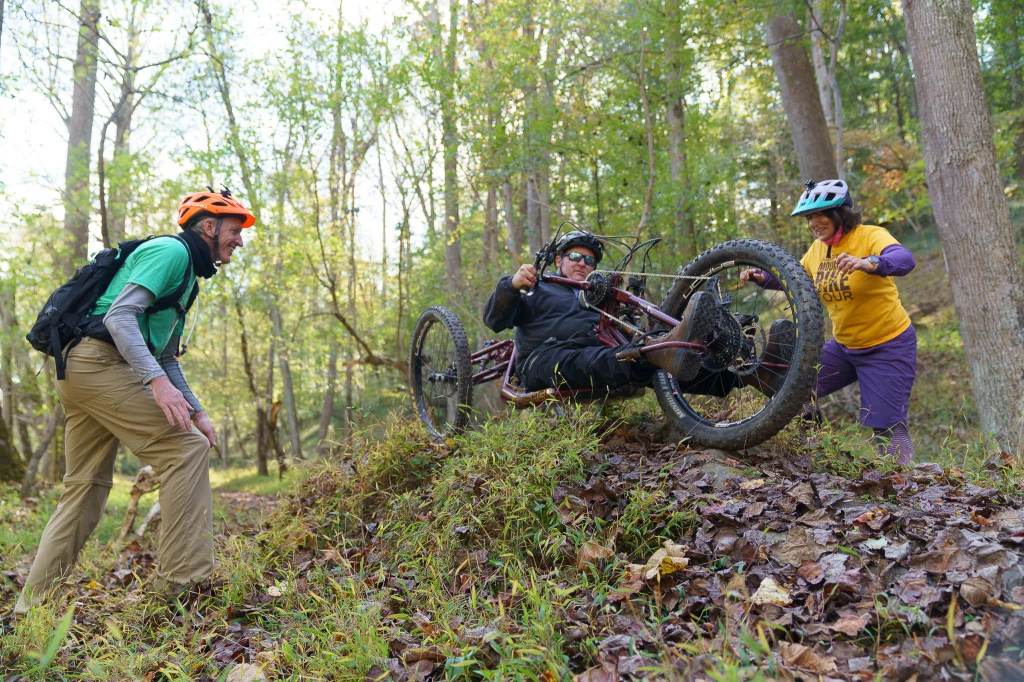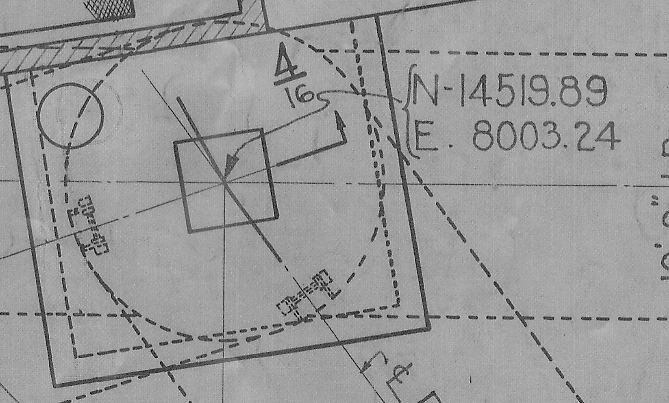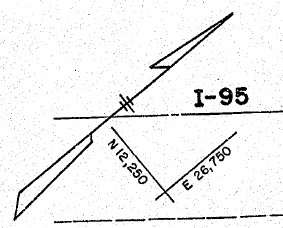With e-bike tech, adaptive mountain biking has escaped the gravity resorts and enabled more people to get outside and enjoy our parks. These bikes are capable and they can ride many of the same trails I enjoy as an able bodied biker. However these bikes are longer, wider, and more sensitive to camber.
To help people find the right trails for them, we need to tag them in trail apps and databases, preferably with an AMTB rating assigned by an adaptive rider.
AMTB 1 – NO SUPPORT NEEDED
AMTB 2 – SUPPORT RECOMMENDED
AMTB 3 – SUPPORT NEEDED
The unpavement website describes the rating system in detail and Kootenay Adaptive Sport Association produced a set of standards for adaptive trail construction. Neither the trail spec nor rating system are intended to be ADA. Challenging terrain is desired!
Where can we tag these trails to make them discoverable?
Open Street Map

Also known as the Wikipedia of maps, OpenStreetMap data serves as the foundation for Strava, All Trails, and many other applications. Anyone can edit the map or export the map data for use in other applications. As with Wikipedia, quality varies but is generally very good.
The key mtb:scale:amtb is proposed, but not yet approved. I’ll update this post after I consult with their trails working group. In addition to the 1,2,3 rating, they propose an attribute for ‘NO’ meaning not suitable for adaptive bikes and a technical attribute for trails with drops and other challenging features.
Trailforks


Trailforks and it’s app support AMTB ratings when the trail is edited to show it it open to mountain biking and that adaptive bike is a recommended bike type. The Trailforks advantage is that edits are curated by vetted editors and they cooperate with the agencies or responsible parties that mange the land. The disadvantage is that edits in Trailforks stay there. They don’t move on to OpenStreetMap or any other platform.





